
Zamboanga City is always on our list of favorite local destinations. Collectively, we’ve been here five times already, so you can say that we’re completely hooked! And if our itinerary were a blank canvas, the city painted our days with colorful sights, flavors, and experiences. Vibrant iconic vintas? Check! Pink beach? Check! Rich culture and history? Check! Mouthwatering local delicacies? Check!
So, is your adventure canvas ready? Here are some of the must-see spots and things to do in Asia’s Latin City.
NOTE: Zamboanga can mean any geographical unit in the region — a barangay, a city, or provinces. But this article will focus more on Zamboanga City, the southernmost and largest city in the Zamboanga Peninsula Region.
WHAT'S IN THIS GUIDE?
Santa Cruz Islands
Just a short boat ride from the city, you’ll reach Santa Cruz Islands — the bigger and more popular Grande Santa Cruz Island (Great Santa Cruz Island) and the smaller Little Santa Cruz Island. The jump-off point is the Santa Cruz Island Ferry Terminal in Paseo del Mar.
As of writing, only day trips to the Santa Cruz Islands are allowed. The day tour is available daily from 7:00 AM to 2:00 PM. Note that this schedule might change without prior notice, so always check the official Facebook page for updates.
It’s also important to note that the number of visitors on the island is limited, so we strongly recommend booking in advance to secure your spot. Moreover, the management also strictly implements the “No single-use plastic policy.” On the day of our trip, our bags were thoroughly checked before we boarded the boat.
For reservation and other questions, you can reach them through these contact details:
- Email: islasdesta.cruz@gmail.com
- Landline: +63 62 9756341
- Office: Turismo Local de Zamboanga, Paseo del Mar, Zamboanga City
- Facebook Page: Turismo Zamboanga
- Official Website: www.destinozamboanga.com
Grande Santa Cruz Island
Pink Beach
Alright! Let’s start with the color pink! Grande Santa Cruz Island is famed for its “Pink Beach”. But just to manage your expectations, the pink hue is very subtle. It’s not fuchsia or vivid pink. It’s more visible when viewed from above, like from a drone.
The pinkish glow is brought about by the crushed red organ pipe corals (tubipora musica). You’ll notice the red grains more when you examine the sand closely. However, when looking at it at eye level, the pink taint is not that obvious, especially when the sun is too bright.
Boat Fee to Grande Santa Cruz: P1,000 (Good for 10 pax)
Entrance Fee + Terminal Fee: P30/person
Cottage Rental Fees
- Small (Good for 10 pax): P100
- Medium (Good for 15 pax): P200
- Pavillion (Good for 30 pax): P500
Note: The prices might change, so always check the official tourism website and Facebook page of the City of Zamboanga.
Mangroves Lagoon Tour
The Pink Beach is just a small portion of this island. Hidden behind this rosy facade is the sprawling lagoon sprinkled with mangroves. And the good news is, you can also explore it! We took a guided boat tour where we learned more about the lagoon’s natural wonders, including the stingless upside-down jellyfish (Cassiopea). They are completely harmless and you can touch them, but please don’t take them out of the water, and make sure your hands are free of lotions or chemicals which are harmful to marine life.
REMINDER! Although they are called stingless, our guide told us that they still sting but you can barely feel it. Others may still experience redness of the skin and rashes. If your skin is too sensitive or you are prone to allergic reactions, it’s safer not to touch it.
Boat Transfer to Lagoon: P300/boat (Good for 10 pax)
Yellow Tour Boat (Lagoon): P300/boat (Good for 2 pax)
Tour Guide Fee: P300 (good for up to 5 boats)
Note: The prices might change, so always check the official tourism website and Facebook page of the City of Zamboanga.
Vinta Rowing Experience
Another thing you can do here is row a vinta, a traditional outrigger boat with colorful rhombic sail. The vinta is a usual sight in the coastal areas of Zamboanga Peninsula, Sulu, and southern Mindanao.
But if you are not into rowing, you can just take photos of it and in it.
Little Santa Cruz Island
Not too far away, you’ll spot the Little Santa Cruz Island, the smaller of the two. It is known for its long and narrow sandbar, which is also the only site on the island that is open to the public. I haven’t been here, but from what we gathered, you’ll be given a maximum of ten minutes to explore the sandbar.
Boat Transfer to Sandbar: P300/boat (Good for 10 pax)
Sandbar Tour Guide: P100 (Good for 10 pax)
Note: The prices might change, so always check the official tourism website and Facebook page of the City of Zamboanga.
Once Islas (11 Islands)
If you feel like you need to add more summery and tropical colors to your itinerary, head north from the city center. Barangay Panubigan Ferry Terminal is your springboard to Once Islas or Eleven Islands.
But out of these 11 islands, only three are open to the public — Bisaya-Bisaya, Baung-Baung, and Sirommon Islands. You can book an island-hopping tour to access these three islands.
Like Santa Cruz Islands, only day trips are permitted, and the number of tourists allowed each day is limited. Prior reservation is required if you want to visit Once Islas. The management also assigns a local guide. Back then, visitors could only book the three-island package. But now, tourists have the option to visit just one island.
Here are the updated rates and contact details. Again, The prices might change, so always check the official tourism website and Facebook page of the City of Zamboanga.
Entrance Fee: P100/person
Environmental Fee: P100/person
Island Tour Packages
- Island Cruise (Three Islands): P2,500 (Good for 9 pax)
- BiBa Route (Bisaya-Bisaya & Baung-Baung): P1,400 (Good for 9 pax)
- Sirommon Island Tour: P2,000 (Good for 9 pax)
- Bisaya-Bisaya Island Tour: P1,000 (Good for 9 pax)
- Baung-Baung Island Tour: P1,000 (Good for 9 pax)
Local Guide: P400/group
Picnic Shed/Cottage: P150/island
Crystal Kayaking: P300 (30 mins)
For reservations and other concerns, you can contact them through any of the following:
- Email: onceislas@gmail.com
- Landline: +63 62 9756341
- Office: Turismo Local de Zamboanga, Paseo del Mar, Zamboanga City
- Facebook Page: Turismo Zamboanga
- Official Website: www.destinozamboanga.com
Bisaya-Bisaya Island
Bisaya-Bisaya Island was our first stop. It may be small, but it offers the best of both worlds — blanketed with a white-sand beach on one side and adorned with scenic rocky cliffs on the other. Not far from here are a few other islets similar to this one. It features a natural pool that is filled in by waves during high tide. You are free to take a dip here or wade in the water.
Baung-Baung Island
Before heading to our lunch stop, we made a quick stop at Baung-Baung Island or Baong-Baong Island. Its western coast is hemmed in by fine white sand. This quaint uninhabited island has a simple cottage, a swing, and a restroom. There used to be a trail leading to a viewpoint, but as of writing, it’s temporarily closed to tourists.
Sirommon Island
Our growling tummies finally led us to Sirommon Island, our lunch stop. As soon as we docked, we were welcomed with a fresh seafood spread. We had tuna, crabs, squid, and lato seaweed, also known as sea grapes or green caviar. Of course, no island-hopping meal is complete without tropical fruits in season, so we also indulged in watermelon and pineapple!
The area where we docked also flaunts a wide beach with fine white sand. Aside from swimming, you can also snorkel here. Personally, after a delicious meal, I just enjoyed relaxing with friends at one of the cottages under the shade of coconut trees.
Zamboanga City Tour
Zamboanga City has a colorful history, which is reflected in its many tourist spots highlighting its rich heritage. You can tick them off of your list one by one at your own pace, but if you prefer a hassle-free experience, consider joining an organized guided tour that covers transportation. Another advantage is you’ll get more information from your guide about each location and its importance, allowing you to have a deeper appreciation of the places you visit.
El Museo de Zamboanga
For a quick overview of the city’s history, El Museo de Zamboanga is a great starting point. This museum will also provide valuable context for the other stops. Located within Pasonanca Park, it hosts artifacts and cultural items that showcase the history and heritage of the region and its people. Aside from the permanent collections, the museum also displays seasonal or temporary exhibits.
Address: Hardin Maria Clara Lobregat Complex, Pasonanca Park, Pasonanca Road, Barangay Pasonanca, Zamboanga City
Opening Hours: Monday to Friday, 8:00 AM – 5:00 PM; Weekends & Holidays, CLOSED
Entrance Fee: Adults, P10; Minors/Students/Seniors, P5
Pasonanca Park & Camp Limbaga
Pasonanca Park is also one of the city tour’s usual stops. This sprawling green space has a butterfly garden, swimming pools, and a street food area. It is also home to Camp Limbaga, which features campsites, a convention center, and an amphitheater. The park’s most recognizable attraction — and probably the most photographed too — is the Pasonanca Treehouse.
Address: Pasonanca Road, Barangay Pasonanca, Zamboanga City
Opening Hours: Daily, 6:00 AM – 6:00 PM
Entrance Fee: The park itself is FREE, but the attractions inside have entrance fees (usually ranging from P10 to P25 per head).
Climaco Freedom Park
Previously known as Abong-Abong Park, the Climaco Freedom Park is a favorite weekend destination for locals and is steadily gaining popularity among tourists, especially those who enjoy nature and outdoor activities. It offers hiking trails, cycling paths, and camping spots.
During Holy Week, the park transforms into a pilgrimage site as people flock to its hilltop giant cross. The path leading to the cross is marked by the 14 Stations of the Cross. Other notable areas within the park include Heroes Hill and Museo Integridad. Named after the late Zamboanga City Mayor Cesar Climaco, who was instrumental in its development, the park also serves as his final resting place.
Address: Climaco Freedom Park (Abong-Abong Park), Barangay Lunzuran, Zamboanga City
Opening Hours: 24/7
Admission Fee: FREE
Fort Pilar
In the heart of the city, the most visited site is Fort Pilar or Fortaleza del Pilar. It was originally built in the 17th century as a Spanish military outpost. Now, it’s recognized as a National Cultural Treasure. It also houses a regional branch of the National Museum of the Philippines.
The locals frequent this shrine to pray and pay respect to La Virgen Nuestra Señora del Pilar or Our Lady of the Pillar. Several devotees and believers lit candles here to give thanks and make their prayer requests.
Address: N.S. Valderosa Street, Barangay Zone IV (Poblacion), Zamboanga City
Opening Hours Fort Pilar Shrine – Daily, 5:00 AM – 7:00 PM; Museum – Daily, 9:00 AM – 5:00 PM
Entrance Fee: FREE
ZSCMST Bird Sanctuary
Located next to Fort Pilar is the Zamboanga State College of Marine Science and Technology, where you’ll find the ZSCMST Bird Sanctuary. This 25-hectare wetland is a haven for bird watchers and enthusiasts. The mangroves serve as home to numerous native and migratory birds, especially the great white egrets.
Address: Zamboanga State College of Marine Science and Technology, Barangay Rio Hondo, Zamboanga City
Opening Hours: Daily, 6:00 AM – 7:00 PM
Entrance Fee: FREE
Paseo del Mar
Meanwhile, you can watch the sunset while stuffing your face with a variety of street food and local fare at Paseo del Mar, a waterfront recreational park. Along with many vendors and eateries, you’ll also notice several souvenir shops, a children’s playground, and the City Tourism Office. This is conveniently located in the city center, just across Fort Pilar.
By the way, Paseo del Mar also serves as your gateway to the Santa Cruz Islands via the Santa Cruz Island Ferry Terminal.
Address: N.S. Valderosa Street, Barangay Zone IV (Poblacion), Zamboanga City
Opening Hours: Daily, 6:00 AM – 12:00 AM
Admission Fee: FREE
Zamboanga City Hall
Facing Plaza Rizal, Zamboanga City Hall is an attraction in itself due to its well-preserved structure, which has earned it the status of a National Shrine. Serving as the city’s administrative seat since 1937, this is among the most significant heritage sites dotting its map.
Address: N.S. Valderosa Street, Barangay Zone IV (Poblacion), Zamboanga City
Opening Hours: Monday to Friday, 8:00 AM – 5:00 PM; Saturdays, 8:00 AM – 12:00 PM; Sundays, CLOSED
Heritage Shops
Souvenir or pasalubong shopping can still be part of the city tour, or you can choose to do this a day before your flight back home. We’re just creating a separate section for this to showcase three places where we shopped for souvenirs or pasalubong. Here they are:
Canelar Barter Trade Center
First is the Canelar Barter Trade Center. Barter trade?! Calm down. You still have to pay in cash or through your mobile wallet. The market’s name is a tribute to the traditional trading system that was once practiced in this region.
In addition to local goods, you can also buy imported products from Malaysia and Indonesia here, such as Teh Tarik, Maggi Kari, and Apollo chocolate. If you are a fan of the malong — a traditional Filipino-Bangsamoro wraparound skirt worn by both men and women — you’ll have plenty of options here.
Address: Canelar Barter Trade Center, Wee Siu Tuy Street, Barangay Camino Nuevo, Zamboanga City
Opening Hours: Daily, 8:00 AM – 5:30 PM
Yakan Weaving Village
Another cultural shopping destination is the Yakan Weaving Village. The Yakan people are primarily based in Basilan, but they also settle in nearby areas in the Southern Philippines, including Zamboanga City. They are renowned for their weaving traditions, producing exquisite handwoven textiles. Besides Yakan fabrics, you can purchase other practical accessories, such as bags, pencil cases, and coin purses.
Address: Upper Calarian, Labuan – Limpapa National Road, Barangay Calarian, Zamboanga City
Opening Hours: Daily, 8:00 AM – 8:00 PM
Aderes Flea Market
One of the most sought-after delicacies here in Zamboanga is the curacha or spanner crabs. And you can find them at Aderes Flea Market in Barangay Guiwan. Other fresh seafood sold here are fish, crabs, shrimp, and lobsters.
Address: Maria Clara Lorenzo Lobregat National Highway, Barangay Guiwan, Zamboanga City
Opening Hours: Daily, 7:00 AM – 8:00 PM
Other Attractions & Things to Do
Taluksangay Mosque
If we’re going to explore the origins of Islam here in Zamboanga, a visit to the coastal village of Taluksangay on the southeastern coast of the city is a must. Standing just next to the barangay hall is the historic Taluksangay Mosque, which is also considered the oldest here in Western Mindanao and regarded as the birthplace of Islam in the Zamboanga Peninsula.
It was built in 1885 by Hadji Abdullah Maas Nuno and features two minarets. The location is somewhat off the typical tourist route, but it’s a worthwhile trip to take if you’re a history lover. You can enter the mosque, but make sure that your visit does not coincide with their prayer times, which happen five times a day. And as always, let us respect the sanctity of the place and follow the rules, as this is still a functional place of worship.
Address: Taluksungay Mosque, Barangay Taluksungay, Zamboanga City
Learn Chavacano
Due to its strong Hispanic influences, Zamboanga City is often hailed as Asia’s Latin City. This is more evident in its predominant language, Chavacano — a Spanish-based creole that blends Spanish with local languages, giving it a unique linguistic color!
Why not level up your trip by picking up a bit of Chavacano? It’s also a great way to connect with the locals and immerse yourself in their unique culture. You can start with these basic greetings and phrases:
- Welcome – “Bienvenidos!”
- Thank you very much – “Muchisimas Gracias”
- Good morning – “Buenas Dias”
- Good afternoon – “Buenas Tardes”
- Good evening – “Buenas Noches”
- I’m sorry – “Perdona mi”
- How much is this? – “Cuanto esté?”
- Goodbye! – “Adios!”
Who knows? By the time you leave, you might just be slinging Chavacano like a true Zamboangueño!
The signs throughout the city are also displayed in both Chavacano and English. Most locals, particularly those in the city center, can also understand and speak English and Tagalog.
Food Trip
Of course, we can’t end this article without including this one thing that keeps bringing us back to Zamboanga — the FOOD! We’ve already mentioned the delectable curacha. We are also eager to dig into more Moro cuisine, indulge in the lively street food scene, and delight in the sweet treats, especially the knickerbocker!
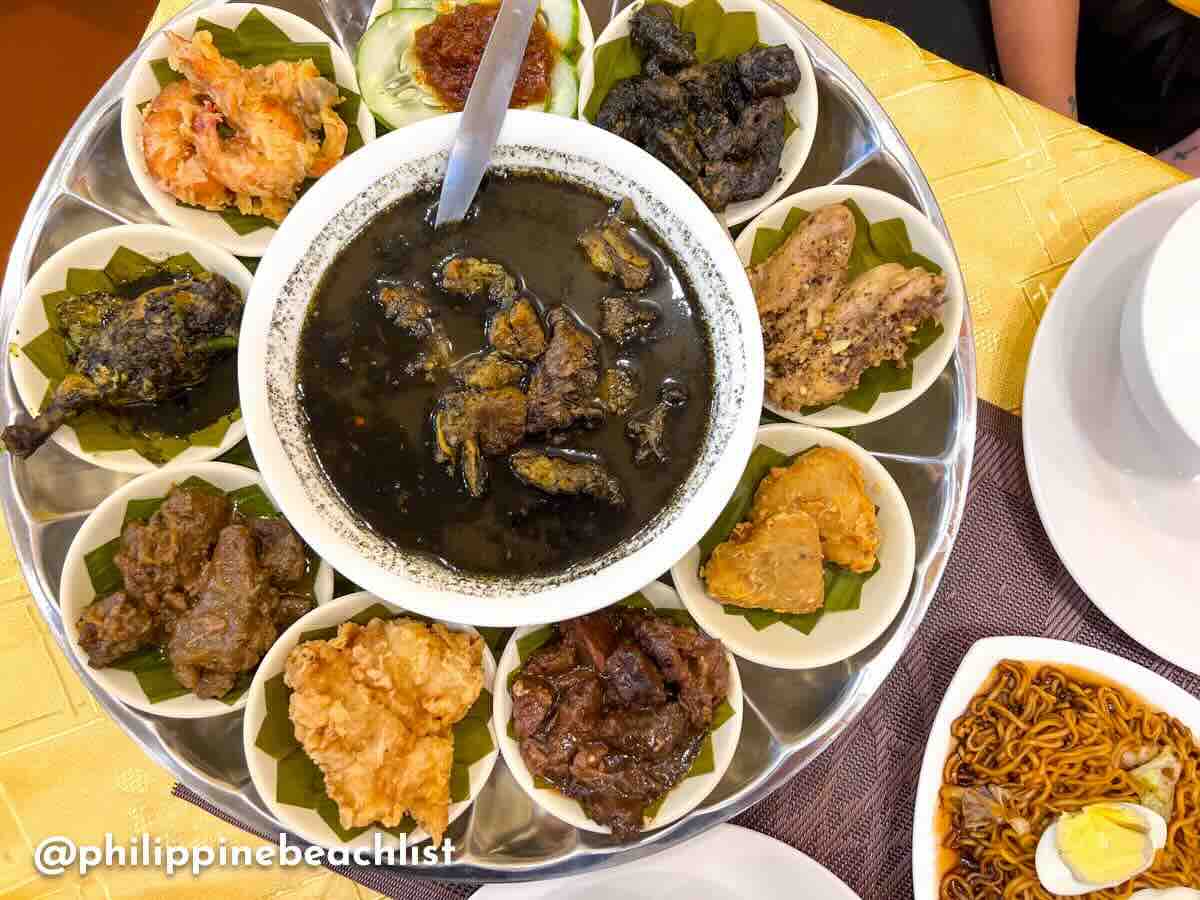
We will tell you more about Zamboanga’s gastronomic offerings and where to find the best eats in a separate article. Make sure to check this post for the link to that article!
Where to Stay in Zamboanga City
If you’re traveling to Zamboanga City soon but still don’t have a place to stay, check out these top-rated hotels, highly recommended by online users.
Top Hotels on Agoda
- LM METRO HOTEL
✅ Check Rates & Availability Here! - HOTEL PRIMERA
✅ Check Rates & Availability Here! - HOTEL MARCELINA
✅ Check Rates & Availability Here! - GARDEN ORCHID HOTEL
✅ Check Rates & Availability Here! - CITYINN HOTEL
✅ Check Rates & Availability Here!
Top Hotels on Booking.com
- MARCIAN GARDEN HOTEL
✅ Check Rates & Availability Here! - L’ MERIDIAN SUITE
✅ Check Rates & Availability Here! - ISTERAHA HAVEN INN
✅ Check Rates & Availability Here! - W HOTEL
✅ Check Rates & Availability Here! - EVER O BUSINESS HOTEL
✅ Check Rates & Availability Here!
Find more Zamboanga City Hotels!
Updates Log
2025.04.10 – First uploaded
Related Article: NAIA (Manila Airport) Transportation Guide
More Tips on YouTube ⬇️⬇️⬇️

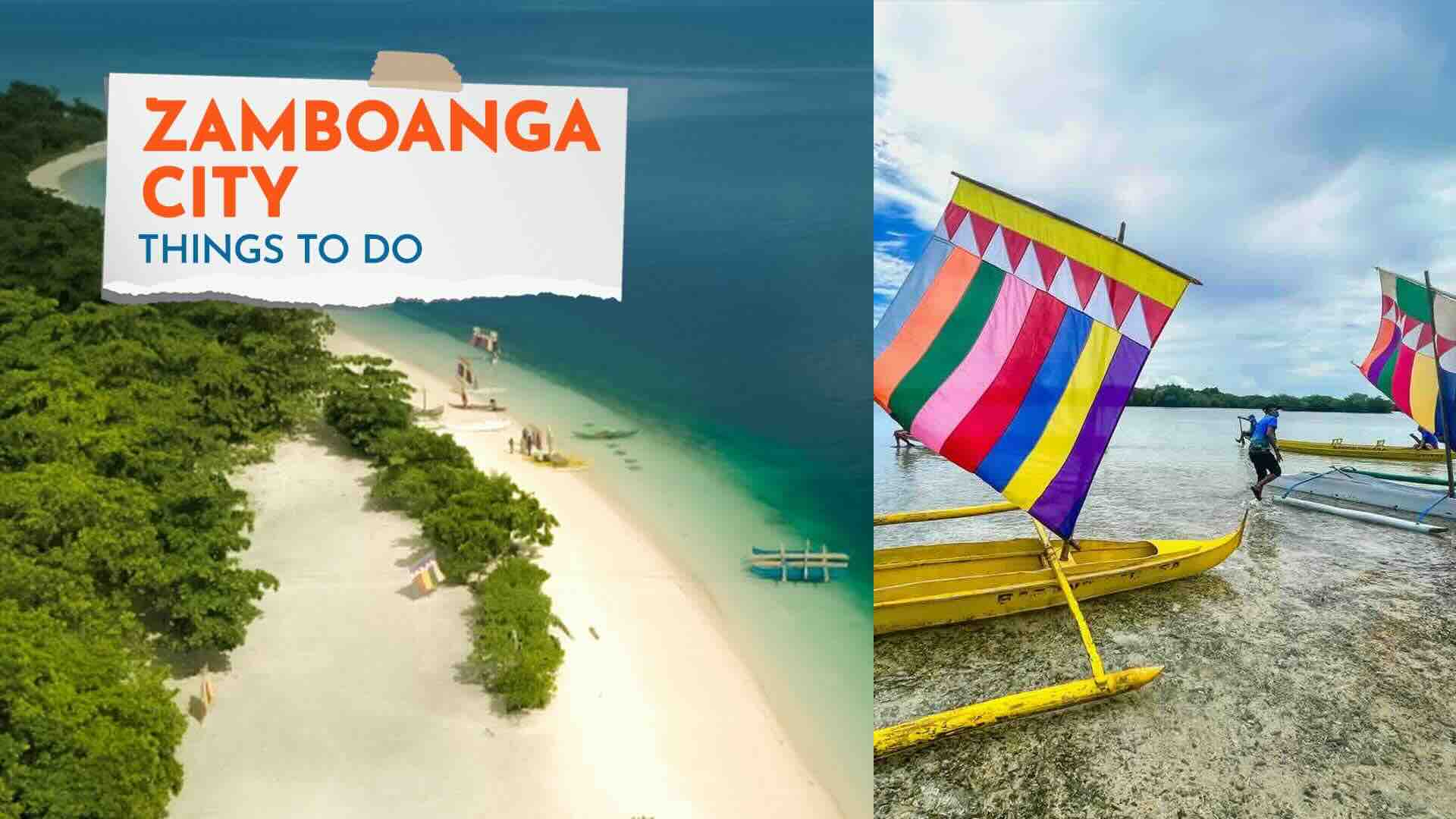

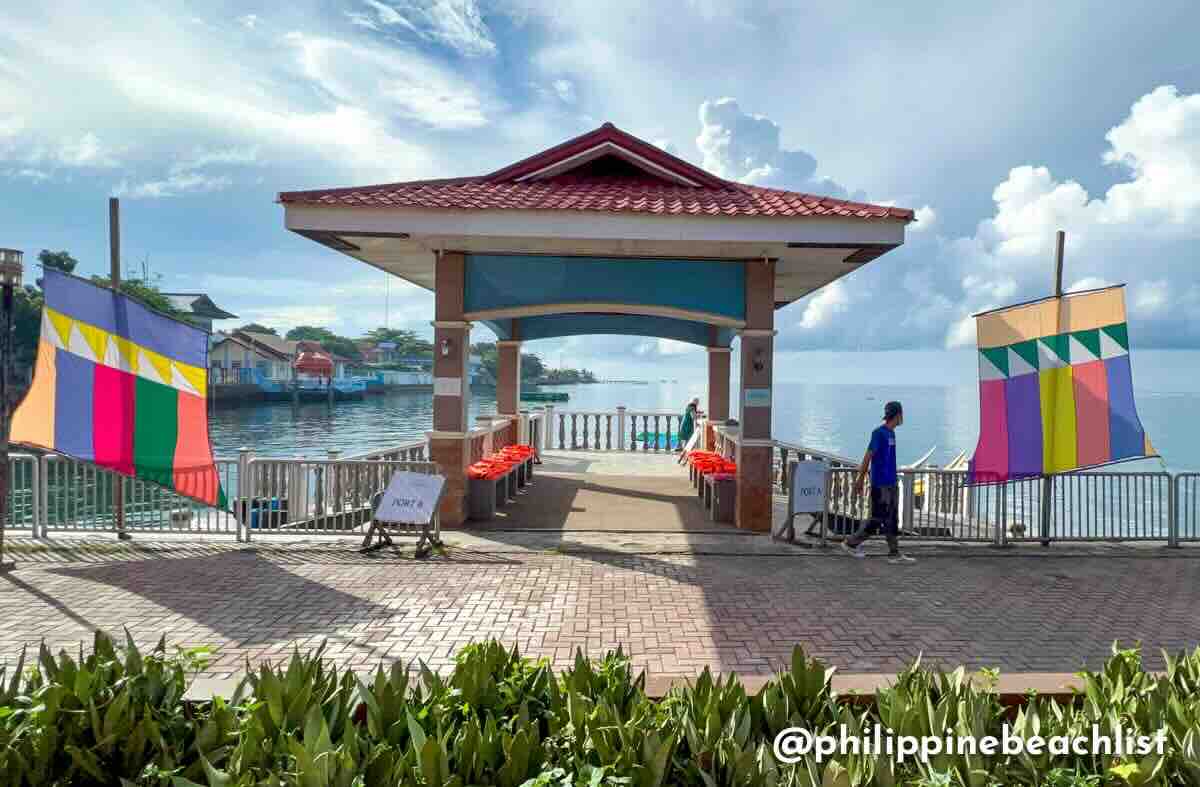
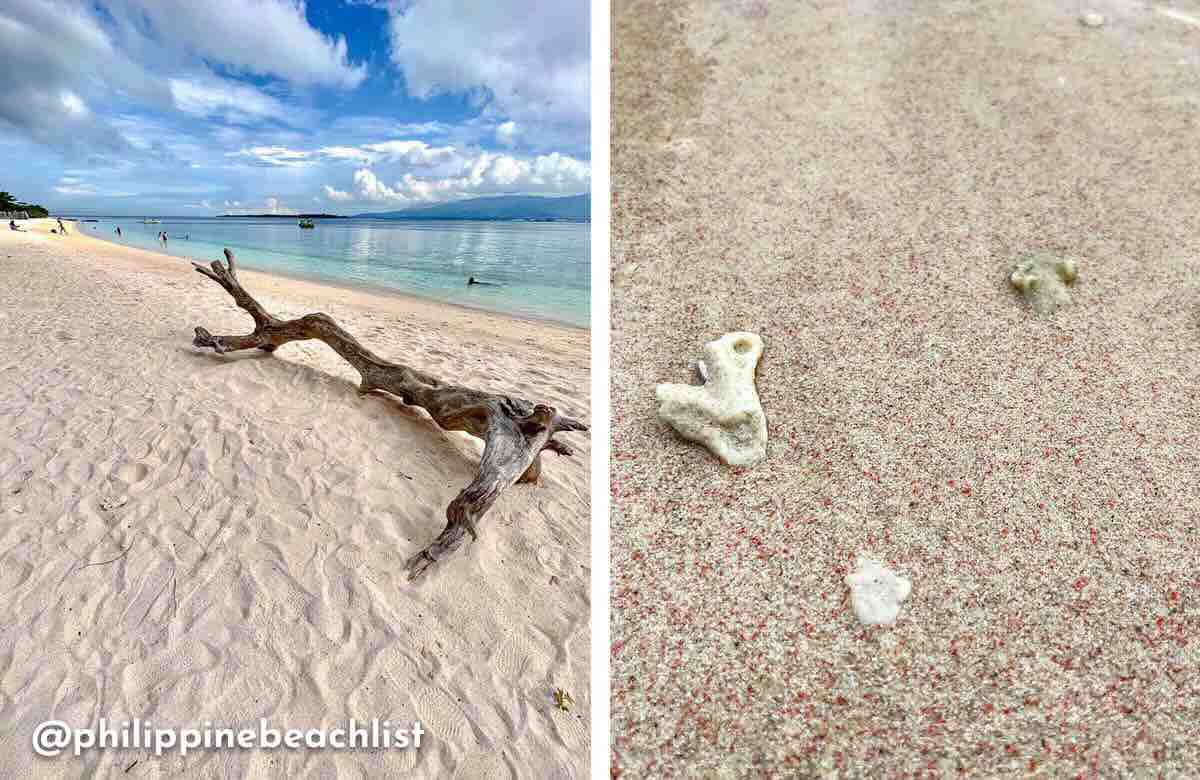
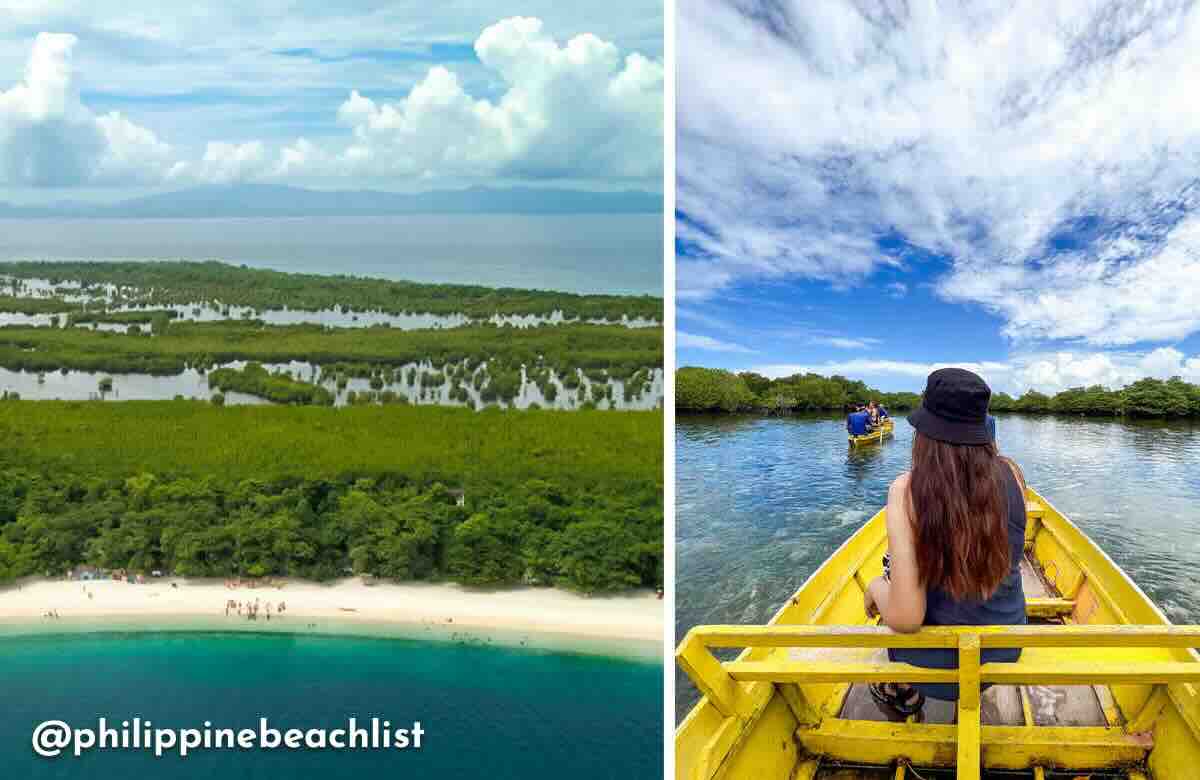
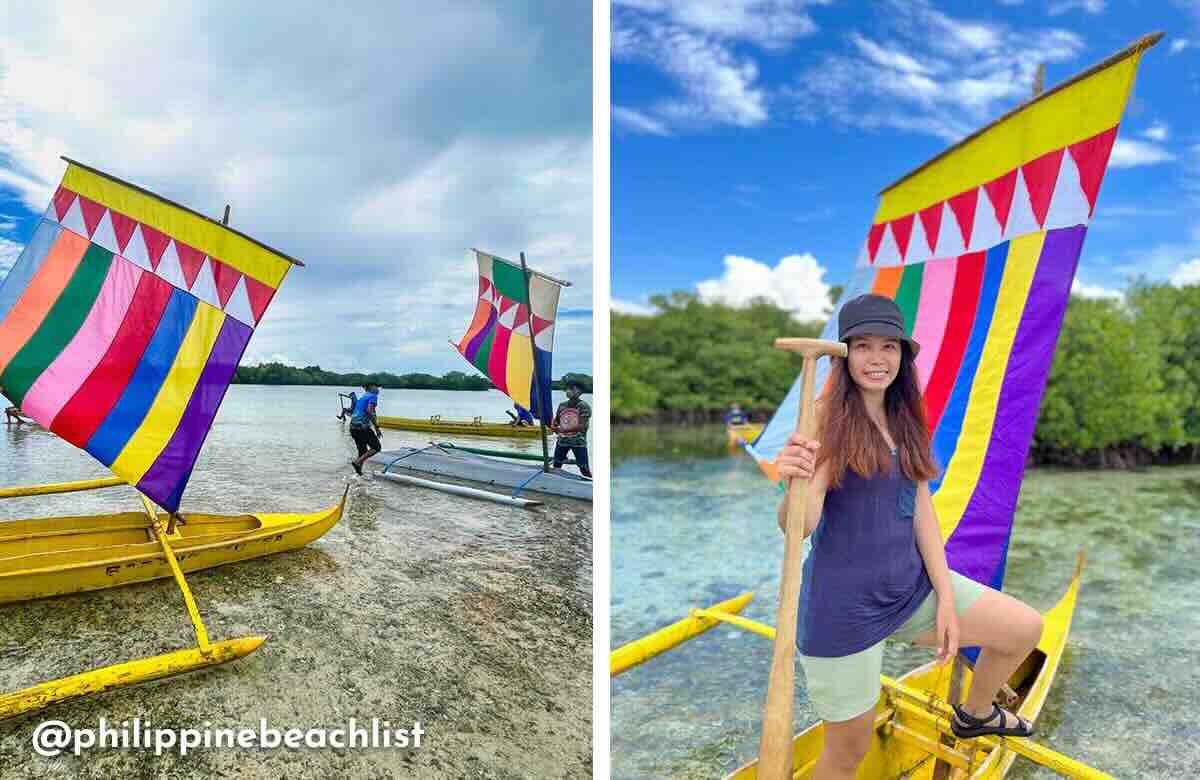
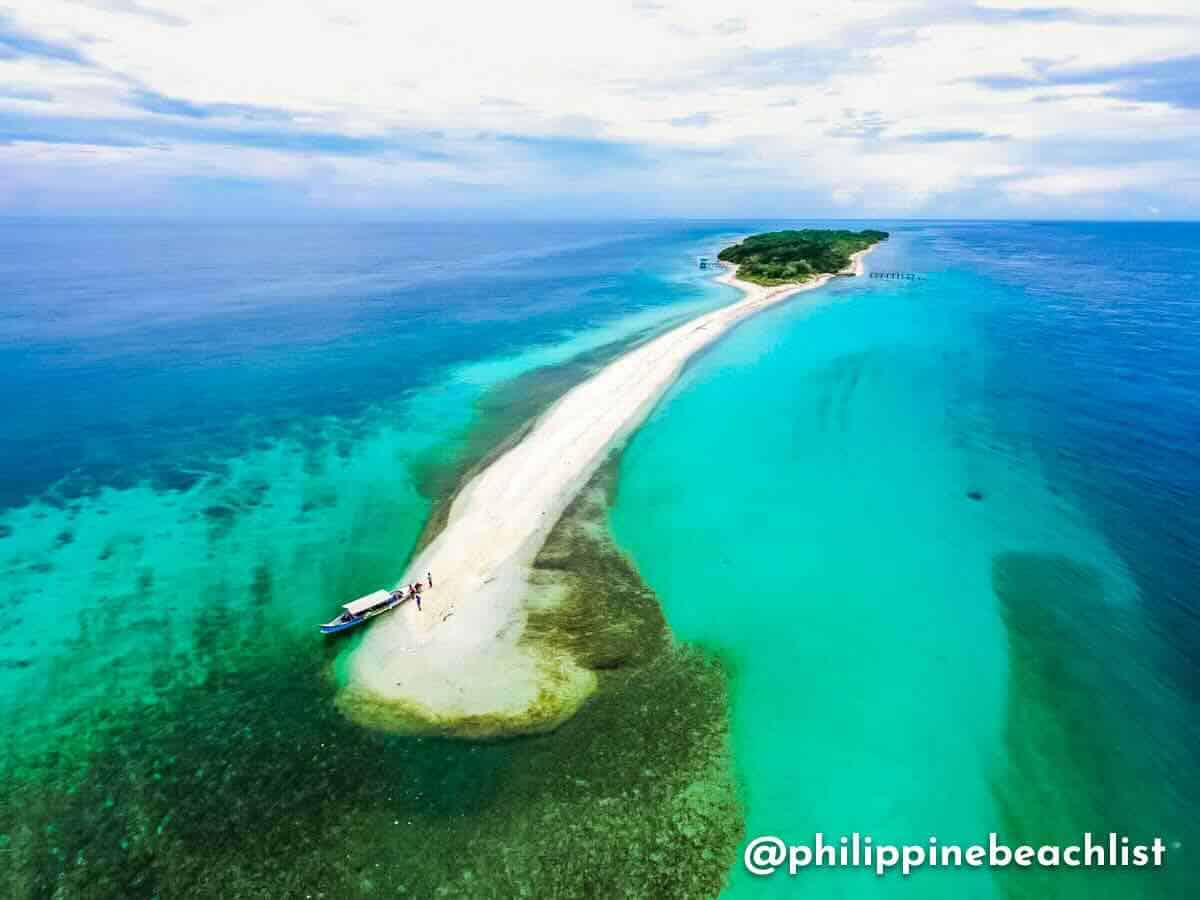
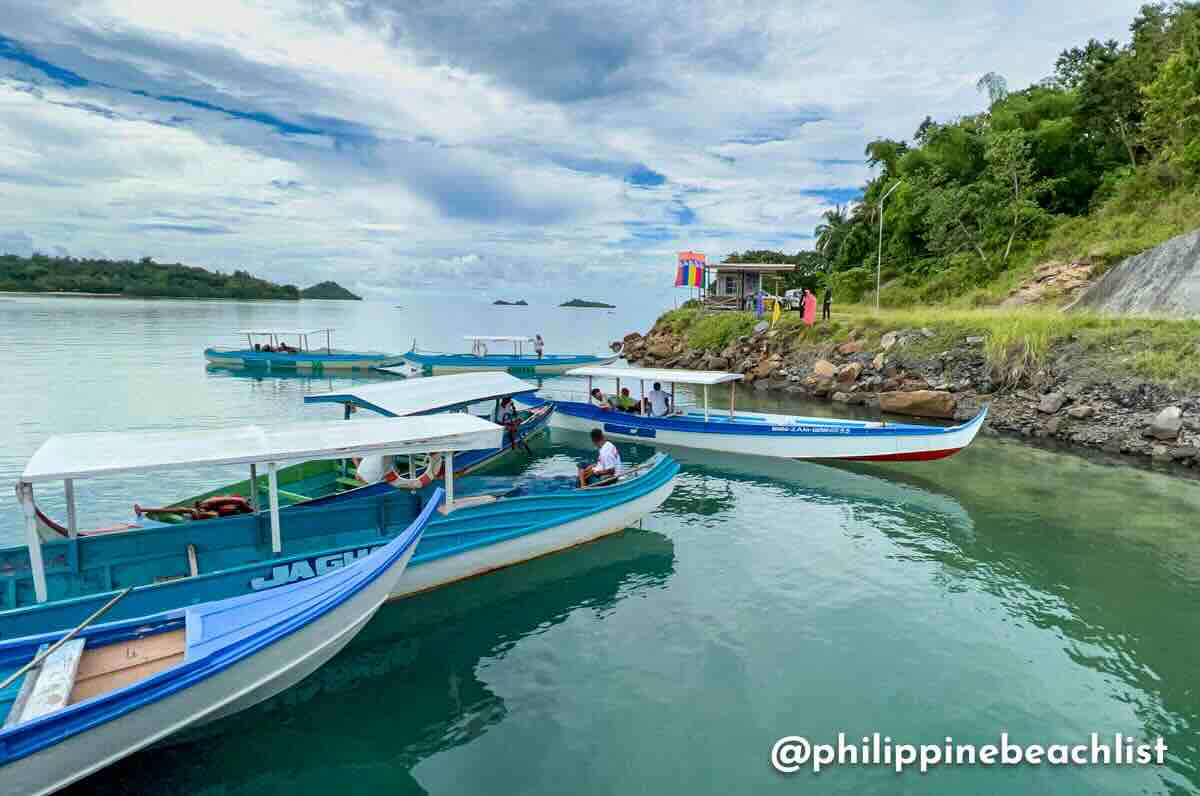
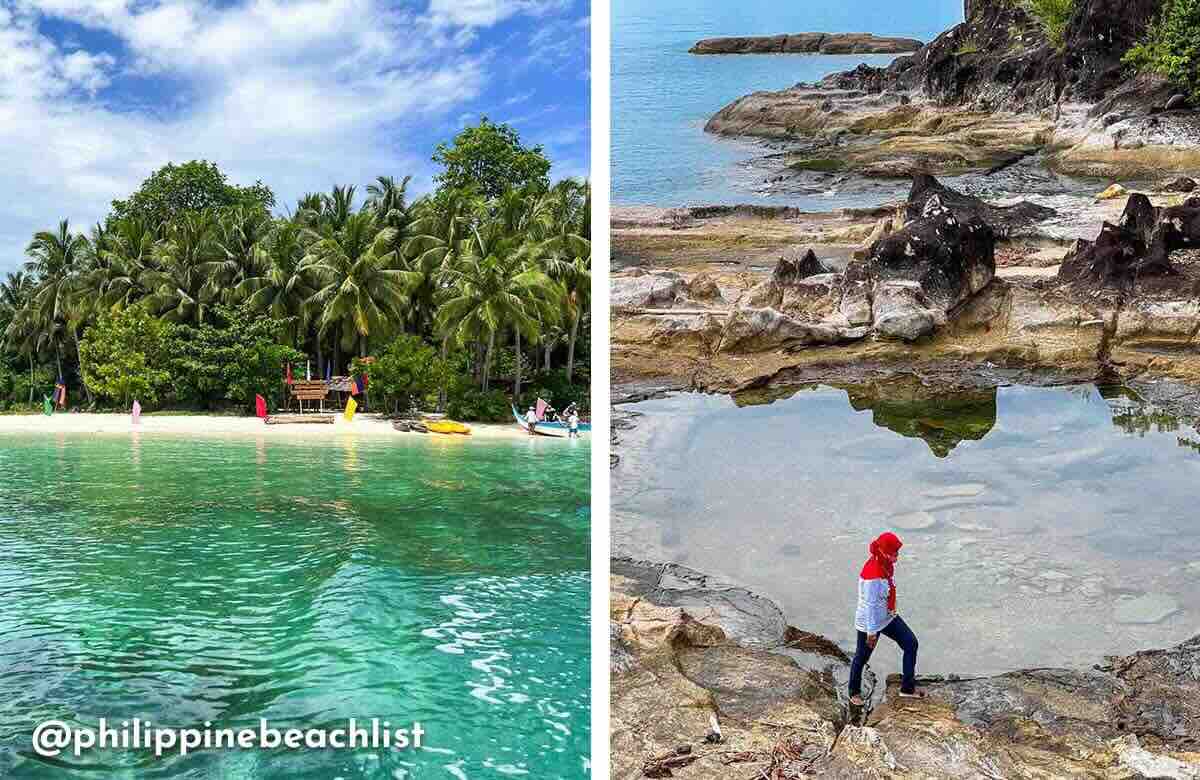
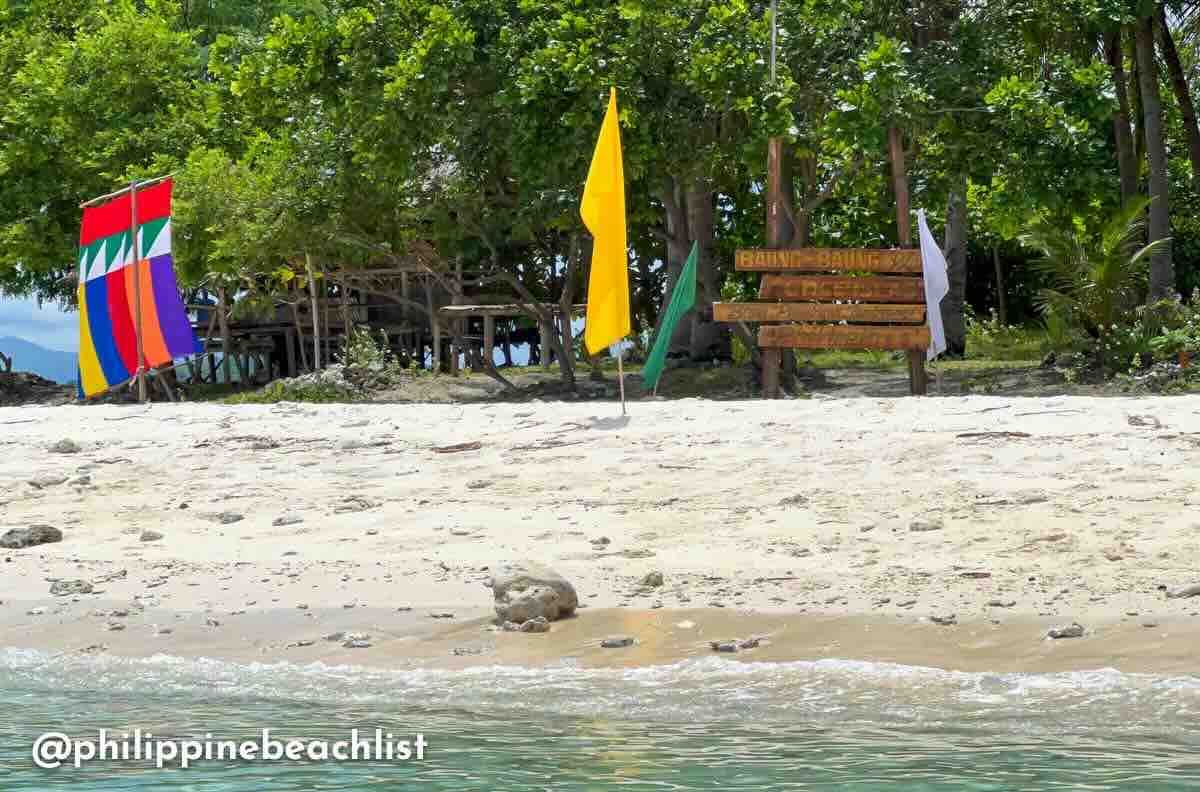
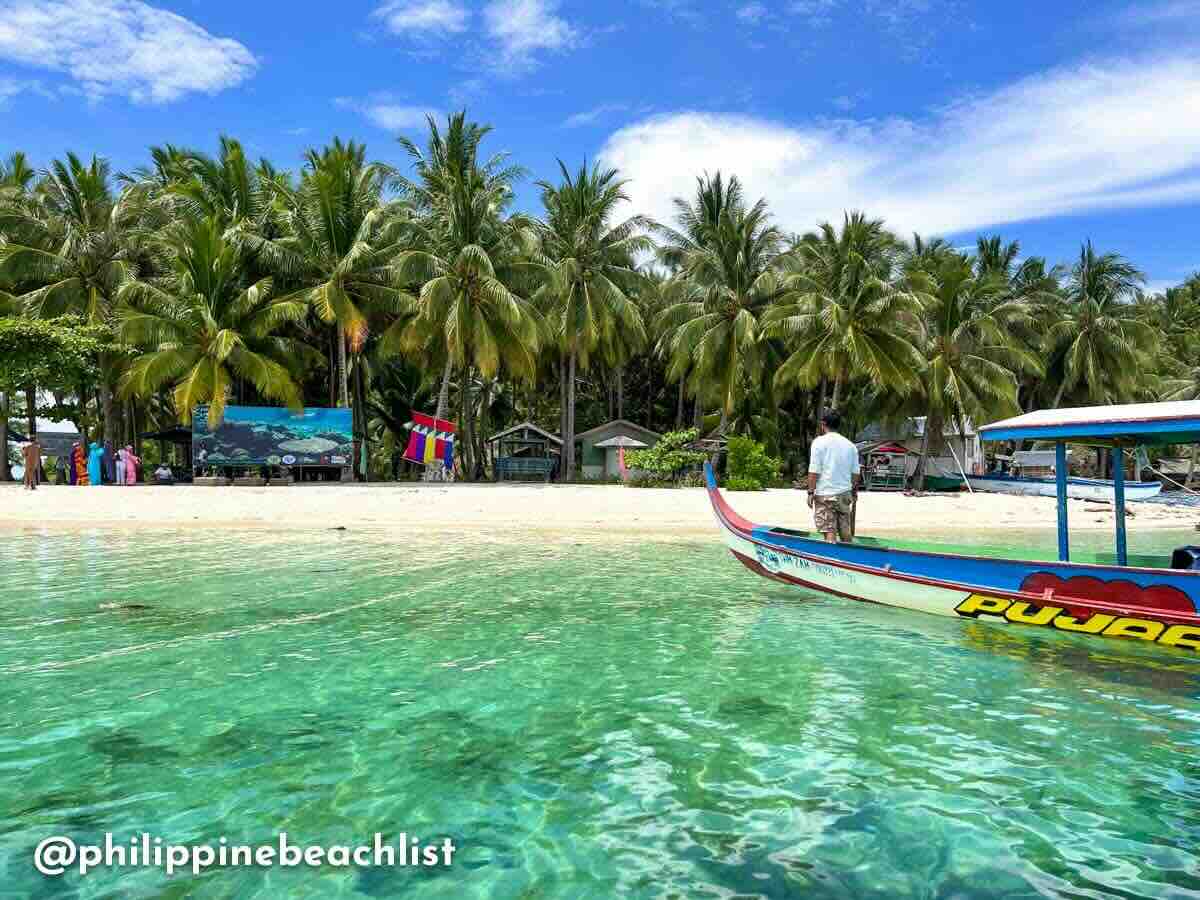
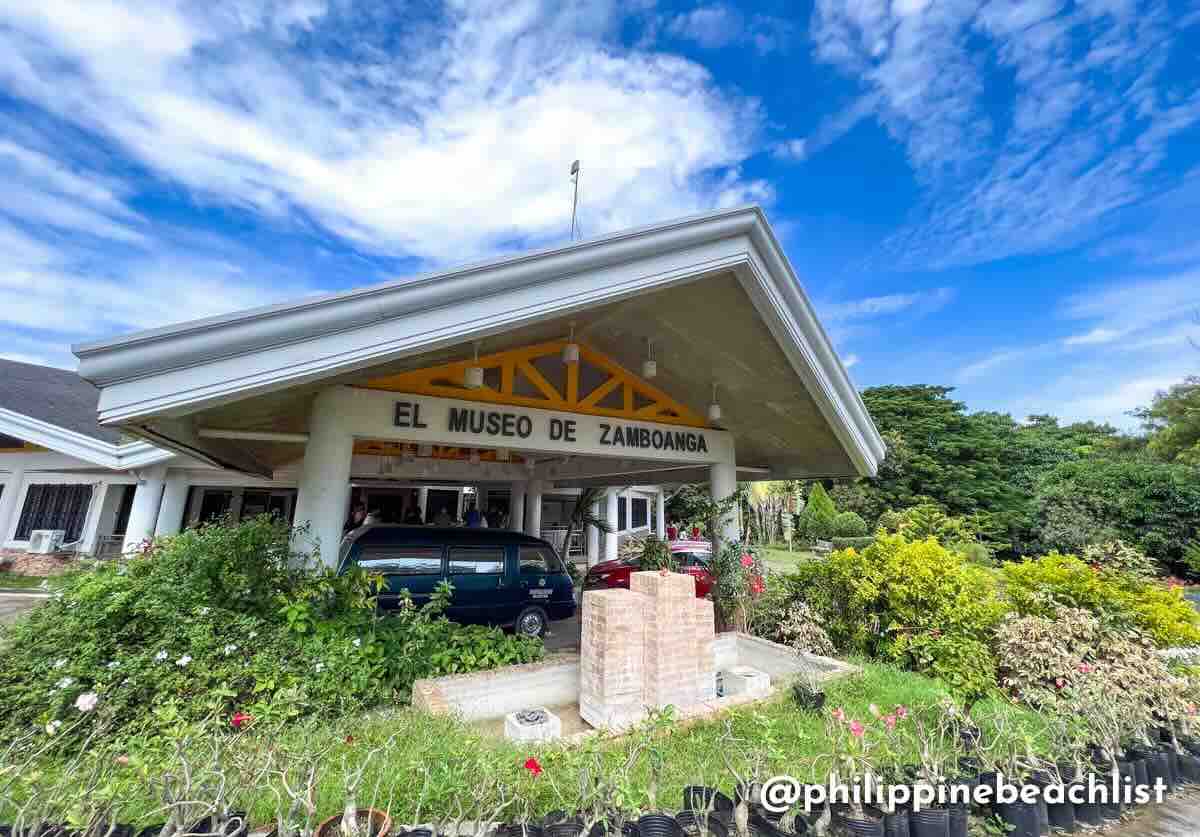
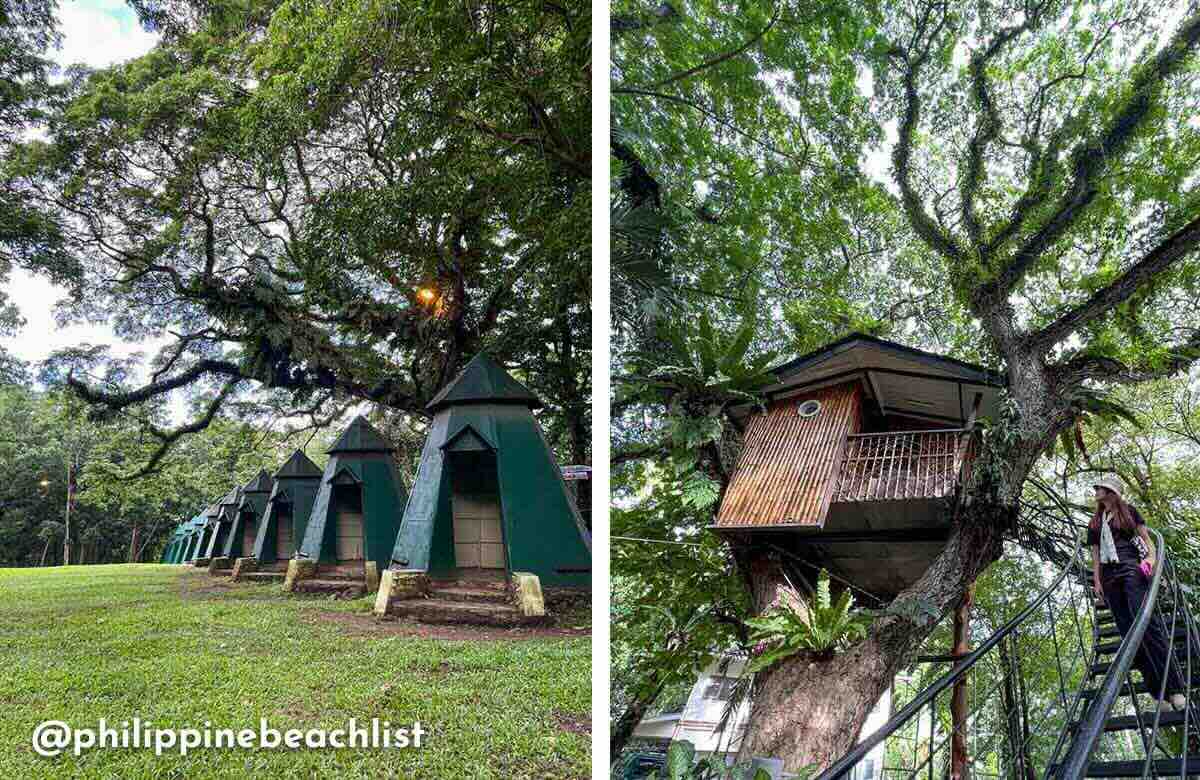

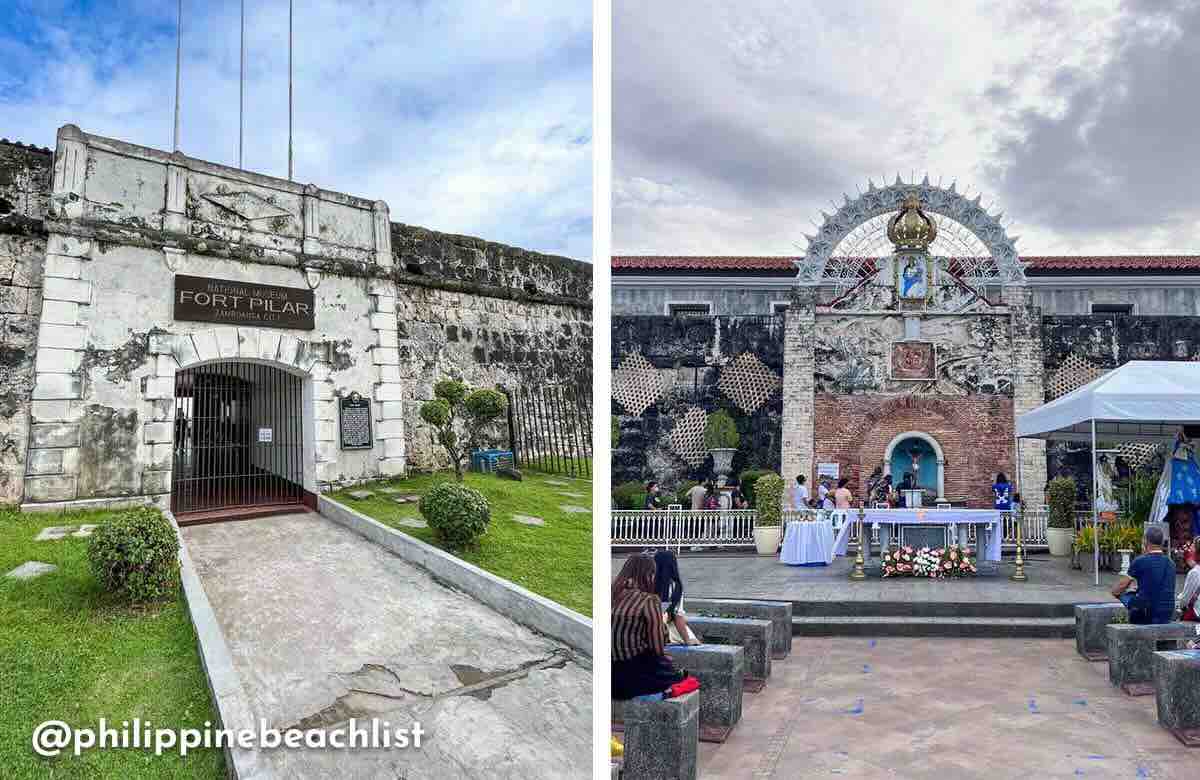

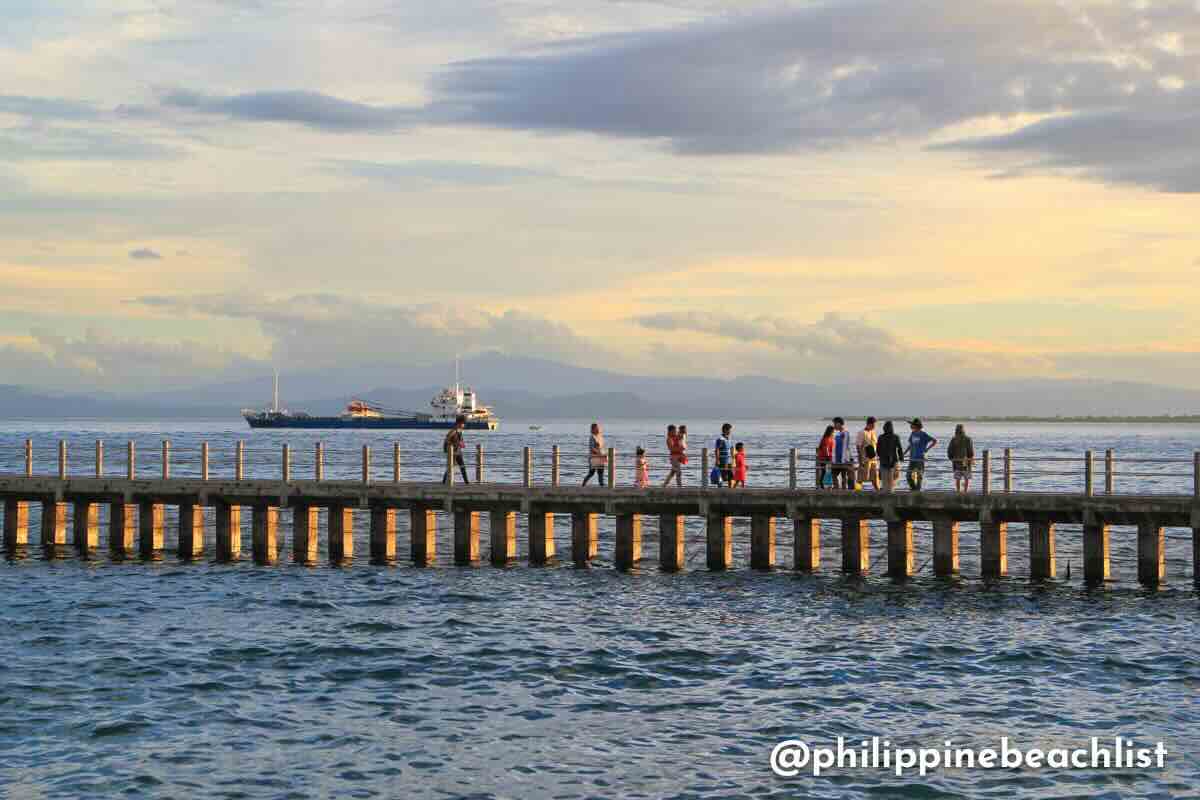

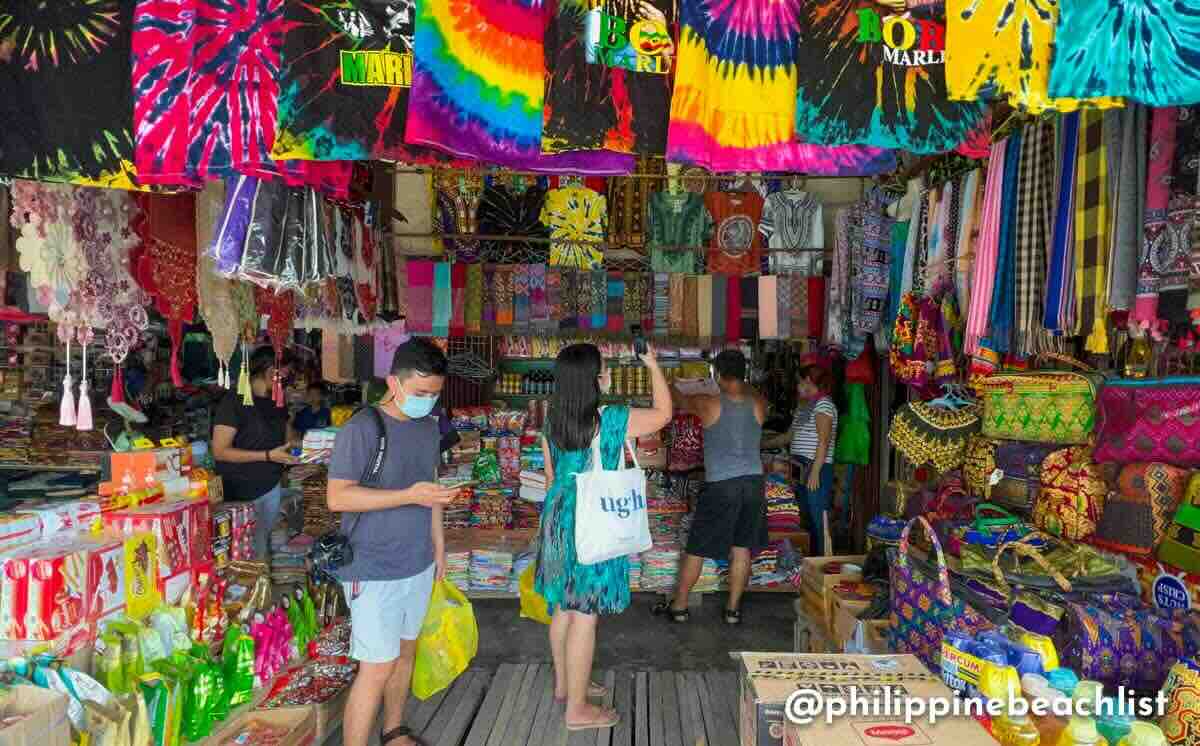
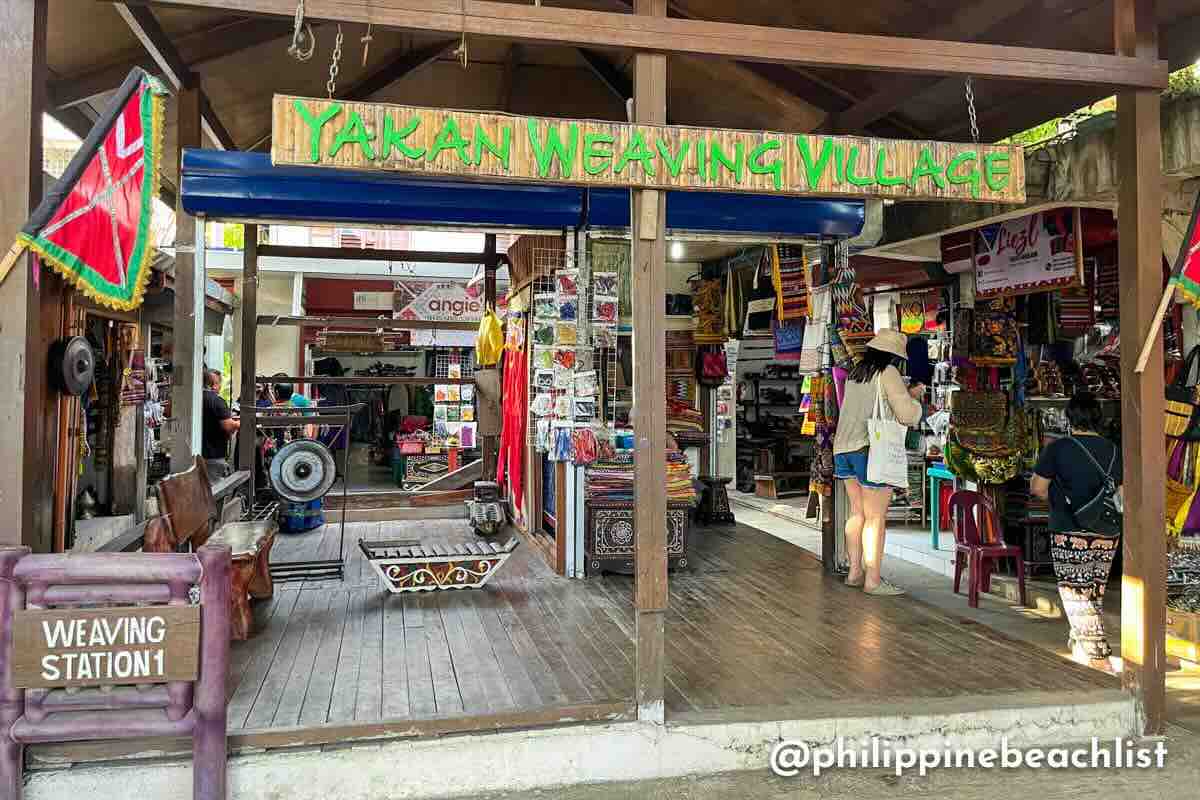
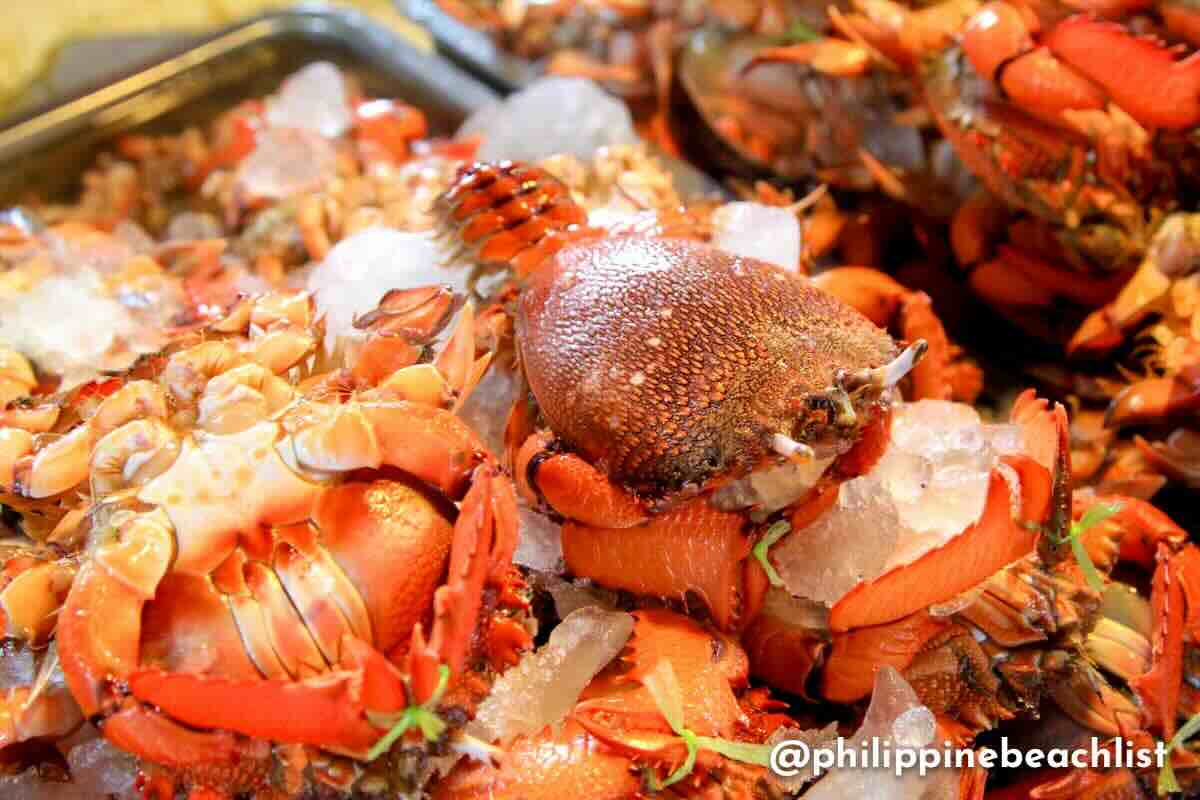
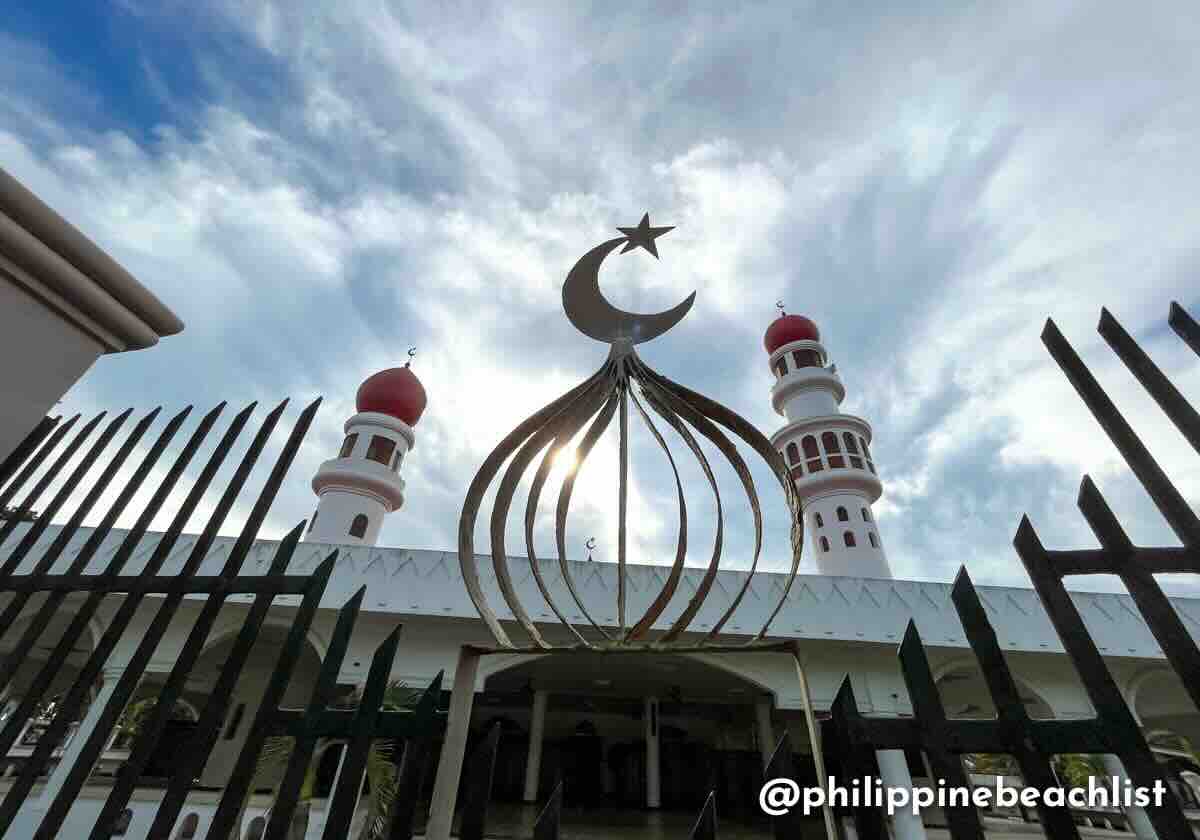

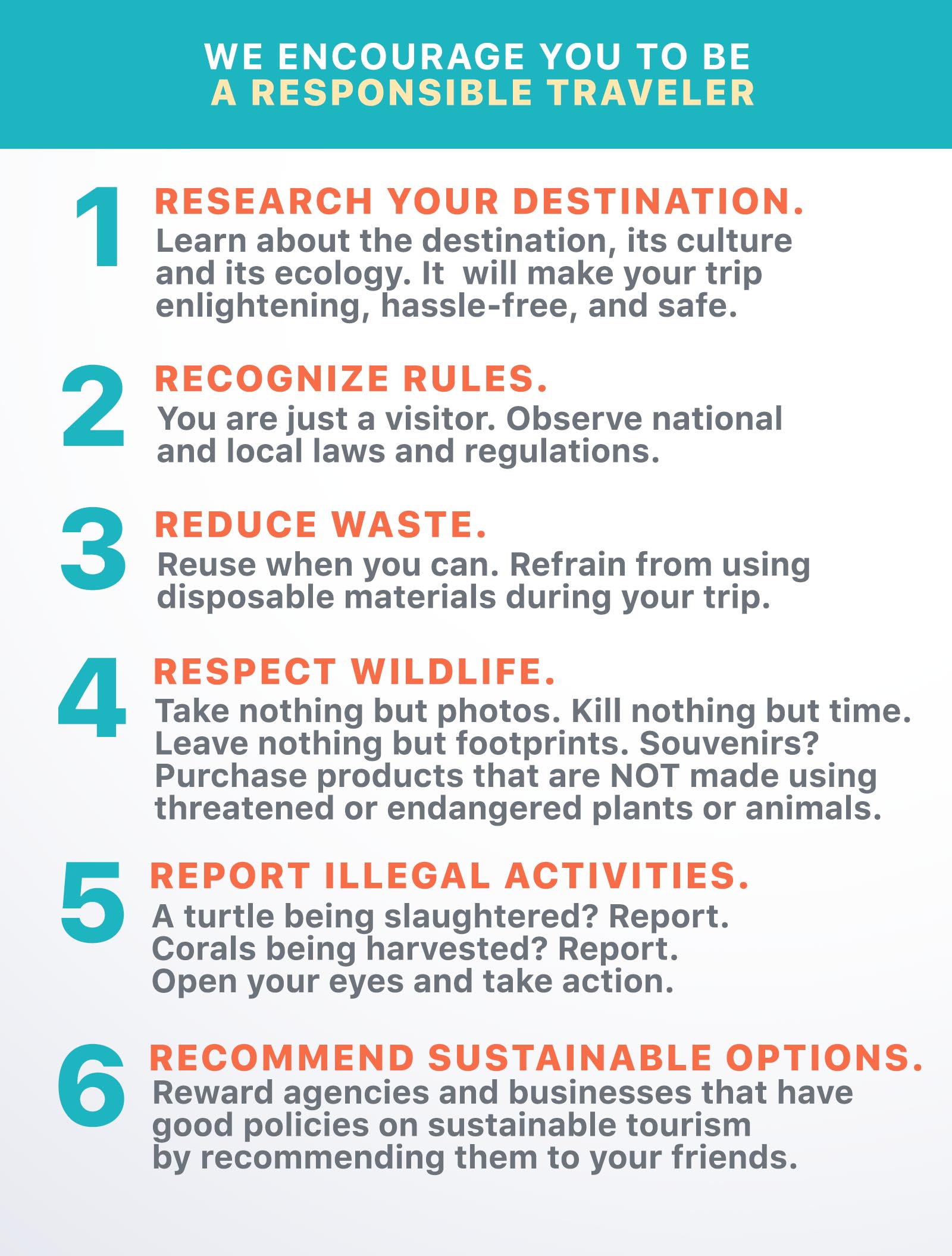
Comments